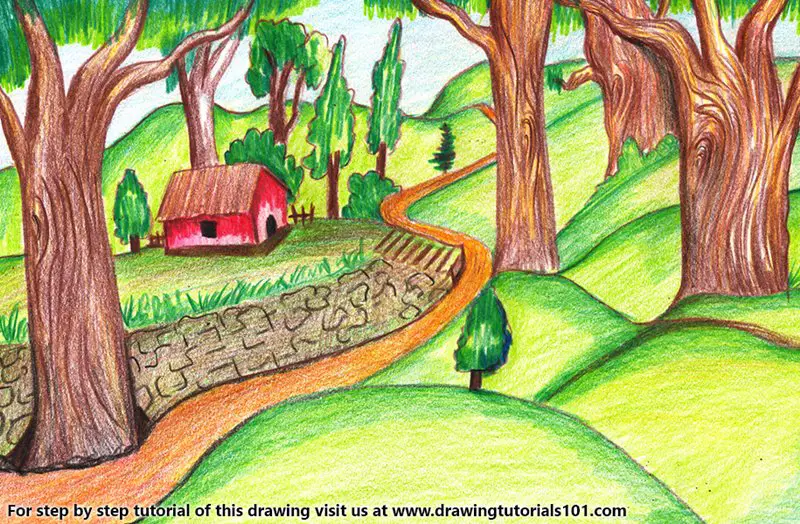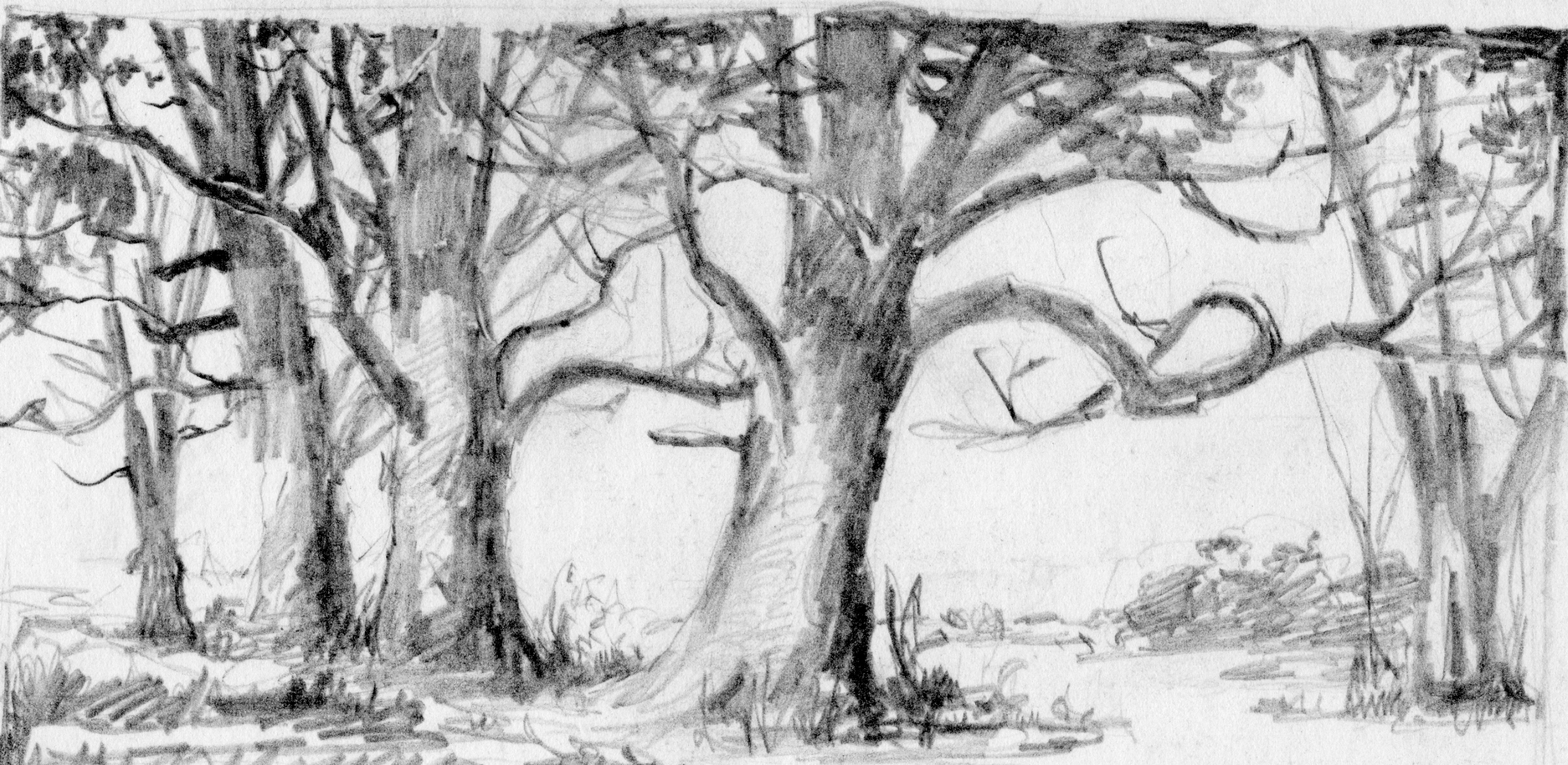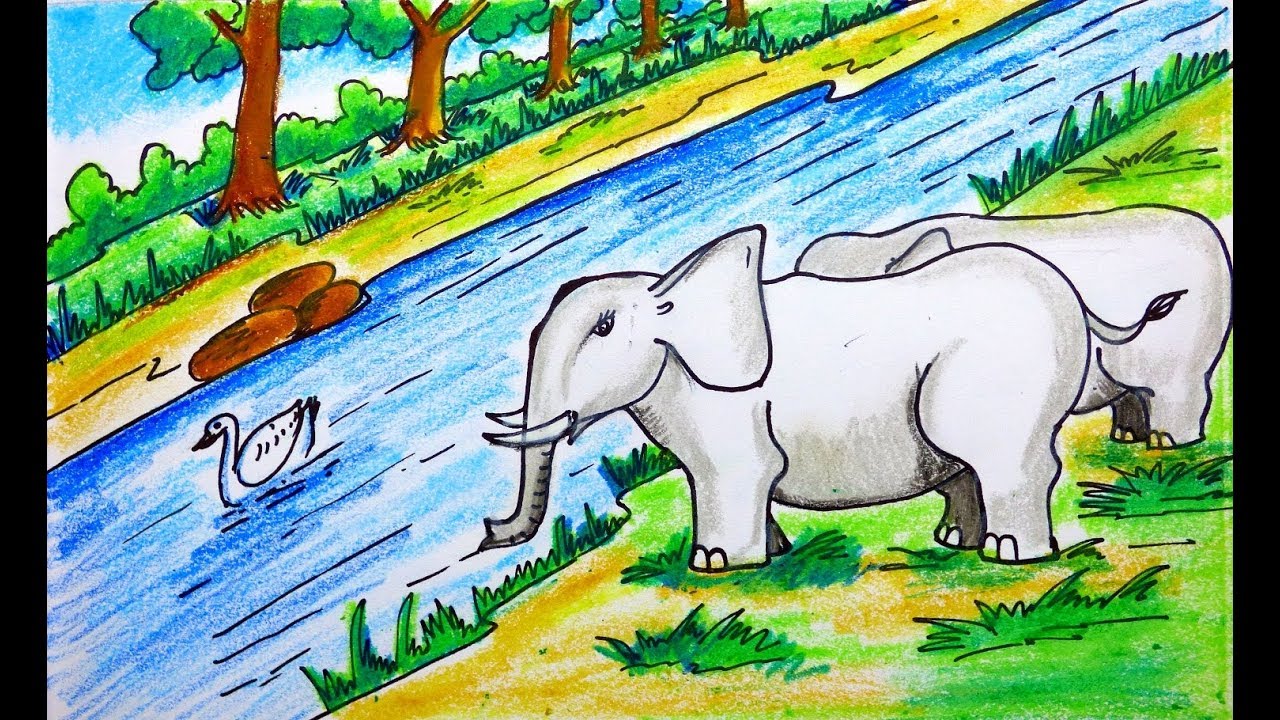

- #FOREST SCENERY DRAWINGS HOW TO#
- #FOREST SCENERY DRAWINGS DRIVERS#
Public Engagement Training Catalog (.pdf, 437 KB).Public Engagement Reference Guide, FS-1117 (.pdf, 8.59 MB).A Reference Guide to Forest Service Public Engagement in a Virtual Environment (.pdf, 752 KB).
#FOREST SCENERY DRAWINGS DRIVERS#
Protocol for Social Vulnerability Assessment to Support National Forest Planning and Management: A Technical Manual for Engaging the Public to Understand Ecosystem Service Trade-offs and Drivers of Change (.pdf, 10.7 MB).Public Engagement Update, February 2019 (.pdf, 323 KB).Understanding Your Opportunities for Participating in the Forest Service Planning Process (.pdf, 12.9 MB).Culturally Responsive Program Planning (.pdf, 469 KB).A Citizen's Guide for Participating in Forest Planning (.pdf, 309 MB).A Citizen's Guide to National Forest Planning (.pdf, 39.7 MB).A Need for Culturally Responsive Approaches (.pdf, 53 MB).SENSE OF PLACE: Public Use Planning – US Partnership for Protected Area Planning (.pdf, 4.38 MB).Place and Place-based Planning (.pdf, 102 KB).The relationship between place attachment and landscape values: Toward mapping place attachment (.pdf, 859 KB).New Approaches to Forest Planning: Inventorying and Mapping Place Values in the Pacific Northwest Region (.pdf, 2.38 MB).Making Conservation a Part of Placemaking.Place-Based Planning:Innovations and Applications From Four Western Forests (.pdf, 2.76 MB).Sustainable Recreation Information Needs Assessment Recommendations to inform the National Inventory, Monitoring, Assessment Strategy (.pdf, 688 KB).Information Needs Assessment: National Management Questions (.docx, 3.80 MB).Monitoring Guidebook: Evaluating Effectiveness of Visitor Use Management, Primer (.pdf, 2.16 MB).Monitoring Guidebook: Evaluating Effectiveness of Visitor Use Management, Edition 1 (.pdf, 3.14 MB).Inventory, Monitoring ,and Assessment Strategy (.pdf, 573 KB).

Forest Resources of the United States, 2017 (.pdf, 15.7 MB).Community Based Research for an Urban Recreation Application of Benefits-Based Management (.pdf, 47 KB).

#FOREST SCENERY DRAWINGS HOW TO#
How to Develop Social, Cultural, and Economic Forest Plan Components (.pdf, 603 KB). Recreation Economy Resource Guide (.pdf, 633 KB). Recreation Economic Values for Estimating Outdoor Recreation Economic Benefits From the National Forest System PNW-GTR-957 (.pdf, 2.32 MB).  Federal Outdoor Recreation Trends: Effects on Economic Opportunities PNW-GTR-968 (.pdf, 4.49 MB). Links to Tools and information: Benefits and Ecosystem Services (.pdf, 183 KB). Evaluating Ecosystem Services as Management Outcomes in National Forest and Grassland Planning Assessments PNW-GTR-968 (.pdf, 1.09 MB). Addressing Ecosystem Services and Social and Economic Sustainability in Forest Plan Components and Environmental Analysis (.pdf, 397 KB). Changing Relationships with Wilderness (.pdf, 103 KB). The flexible recreationist: The adaptability of outdoor recreation benefits to non-ideal outdoor recreation settings (.pdf, 706 KB). Link to documents: RHVR WO Staff Working Site - Built Environment Image Guide - All Documents ( - Internal Only) Benefits and Ecosystem Services Built Environment Image Guide (.PDF, 21.3MB). Built Environment Image Guide (web version). Beyond being an agency tool, the BEIG is of value to contractors and permit holders, so its value extends beyond the realm of the Forest Service landscape architects. The guide instructs planners and designers on how to assure that facilities and developed recreation sites on National Forests fit the land, portray a national image and identity for the agency and utilize state of the art sustainability practices. The BEIG, the Forest Service guide to planning and designing facilities, exemplifies the agency's concern, responsibility, and tradition in conservation, stewardship and sustainability. Please contact the National Recreation Planner or Chief Landscape Architect if you have questions. This web page provides information, tools, and research on a variety of topics related to planning and landscape architecture for sustainable recreation outcomes.
Federal Outdoor Recreation Trends: Effects on Economic Opportunities PNW-GTR-968 (.pdf, 4.49 MB). Links to Tools and information: Benefits and Ecosystem Services (.pdf, 183 KB). Evaluating Ecosystem Services as Management Outcomes in National Forest and Grassland Planning Assessments PNW-GTR-968 (.pdf, 1.09 MB). Addressing Ecosystem Services and Social and Economic Sustainability in Forest Plan Components and Environmental Analysis (.pdf, 397 KB). Changing Relationships with Wilderness (.pdf, 103 KB). The flexible recreationist: The adaptability of outdoor recreation benefits to non-ideal outdoor recreation settings (.pdf, 706 KB). Link to documents: RHVR WO Staff Working Site - Built Environment Image Guide - All Documents ( - Internal Only) Benefits and Ecosystem Services Built Environment Image Guide (.PDF, 21.3MB). Built Environment Image Guide (web version). Beyond being an agency tool, the BEIG is of value to contractors and permit holders, so its value extends beyond the realm of the Forest Service landscape architects. The guide instructs planners and designers on how to assure that facilities and developed recreation sites on National Forests fit the land, portray a national image and identity for the agency and utilize state of the art sustainability practices. The BEIG, the Forest Service guide to planning and designing facilities, exemplifies the agency's concern, responsibility, and tradition in conservation, stewardship and sustainability. Please contact the National Recreation Planner or Chief Landscape Architect if you have questions. This web page provides information, tools, and research on a variety of topics related to planning and landscape architecture for sustainable recreation outcomes.








 0 kommentar(er)
0 kommentar(er)
